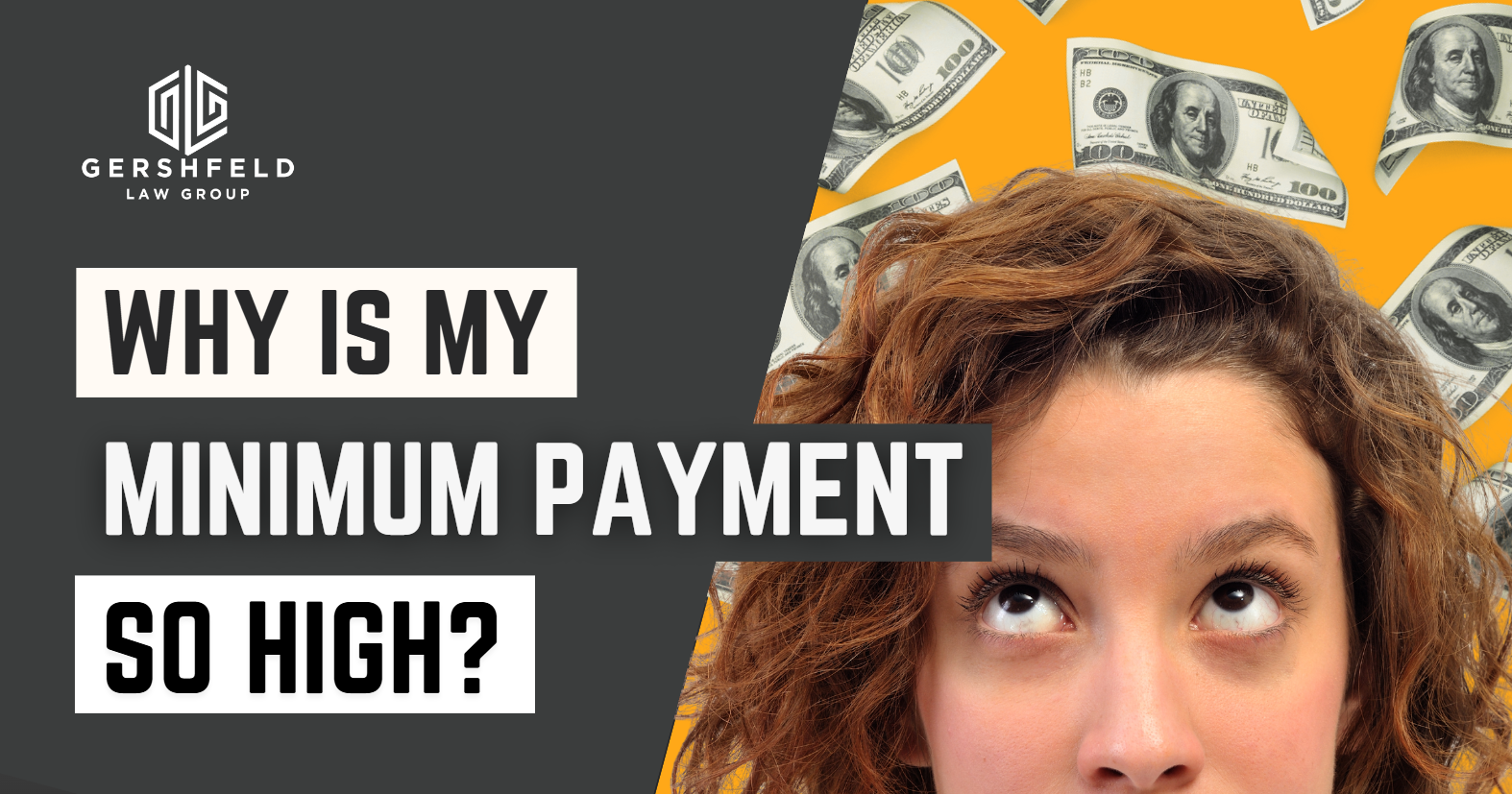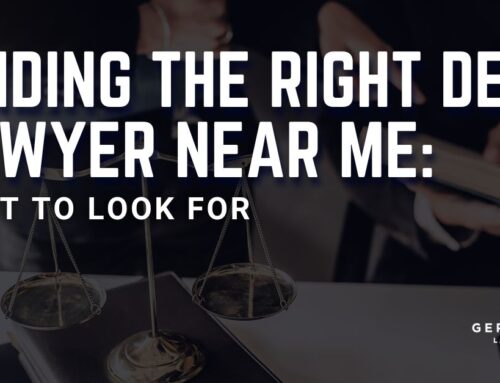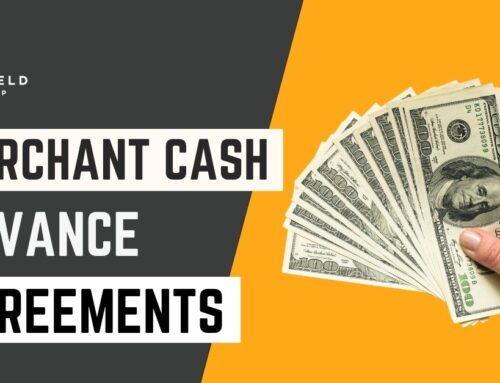Across the internet, from Reddit threads to tweets, people are asking, “Why is my minimum payment suddenly so high?” It’s a common question—and one that causes a lot of confusion. Imagine paying $150 on your credit card one month, only to see it jump to $500 the next. Many cardholders are puzzled about why their minimum payment can fluctuate so much.
In this blog, we’ll break down the basics of minimum payments and explain the factors that can cause them to increase unexpectedly. Understanding these changes can help you better manage your finances and avoid surprises in your monthly budget.
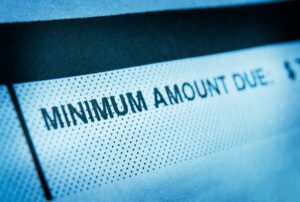
Why Do So Many People Make Minimum Payments?
How much do you pay toward your credit card bill each month? Some people work to pay off the full balance, while others contribute as much as they can afford. But regardless of your situation, it’s essential to at least make the minimum payment every month to stay in good standing with your creditors.
So, what is a minimum payment? It’s the smallest amount you’re required to pay each month to avoid credit score damage and keep your account in good standing. While making only the minimum payment might seem like the easiest route, it actually ends up costing you far more in the long run. By paying just the minimum, your balance will take much longer to pay off—sometimes by several years—and interest charges will continue piling up each month.
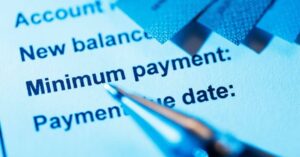
Why Is My Minimum Payments So High?
The size of your minimum credit card payment depends on two main factors: your balance and your interest rate. While you can’t control the interest rate (unless you qualify for a balance transfer to a lower-rate card), you can manage your balance to keep minimum payments more affordable.
Here’s how to take control:
- Review Your Credit Card Spending
Are you charging items to your credit card that you could cover with cash, a debit card, or directly from your checking account? Try using your credit card only for necessary expenses. This way, your balance is less likely to creep up unexpectedly, making it easier to manage. - Pay More than the Minimum Each Month
Contributing more than the minimum will reduce your total balance faster and lower your interest costs. Over time, this can help decrease your minimum payment amount as well. - Keep Your Balance as Low as Possible
Aim to keep your balance manageable, even if it’s not zero every month. This is important for your credit card utilization rate—the percentage of your credit limit you’re using—which lenders and credit bureaus track closely. A lower balance benefits both your minimum payments and your credit profile.
By following these steps, you’ll have more control over your credit card debt, making payments more manageable and protecting your financial health.
Debt Settlement & Your Credit Card Debt
Credit card companies profit by keeping you in debt, encouraging only minimum payments so they can earn billions in interest. But debt settlement offers a way out, allowing you to resolve your balances for less, cutting down on both time and cost. The Gershfeld Law Group provides an aggressive legal and financial strategy to help you break free from the minimum payment trap and take control of your finances. Ready to finally overcome your debt? Let Gershfeld Law Group guide you to a debt-free future.



